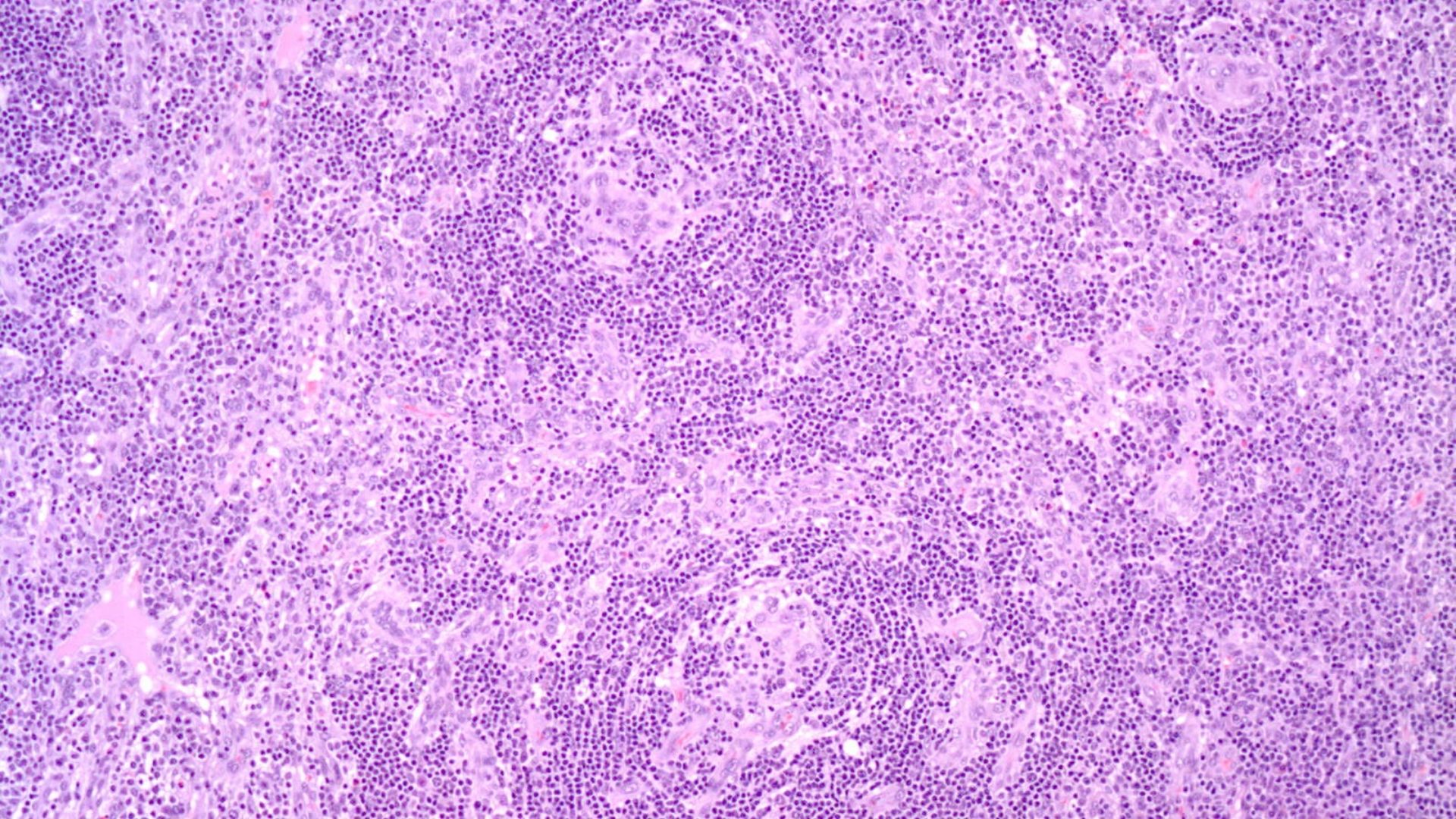On Earth as in Heaven: the Evolving Diagnosis of Castleman Disease

Introduction
We need to put a name to a disease to be able to speak the same language all over the world. We are happy with names like “tuberculosis” or “pneumonia”, assuming almost a static definition, but as soon as we get more information about the aetiology, clinical picture, some differences start to appear, and then, what was classified as a unique entity, can be divided into several subgroups or categories. This is the case of Castleman disease (CD), some years ago only divided between Unicentric (UCD) and Clinically multicentric (MCD). Nowadays, the MCD category has been divided in three more type, POEMS-CD (polyneuropathy, organomegaly, endocrinopathy, monoclonal plasma cell disorder, skin changes, idiopathic MCD (iMCD) and (Human herpes virus 8 (HHV-8) associated MCD. The iMCD is also divided by the etiological driver in two other subtypes. A recent and complete review about the classification and diagnostic criteria can be reached here (1)
Differences between categories are important
The knowledge of different clinical pictures between the same entity, or specific particularities, for instance the aetiological role of HHV-8 virus, or the transcendence of immunodeficiency in some groups of patients, allows clinicians a more precise attention, and in many cases, a different diagnostic and therapeutic approach.
In the next two pictures we show a biopsy of a lymph node from a patient diagnosed with Castleman disease.


Bibliography
- Dispenzieri A, Fajgenbaum DC. Overview of Castleman Disease. Blood 2020: 135; 1353-1364
Author: Lorenzo Alonso, MD
FORO OSLER


